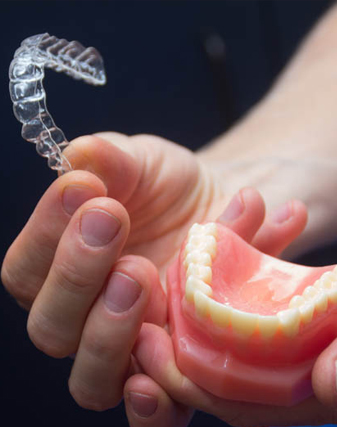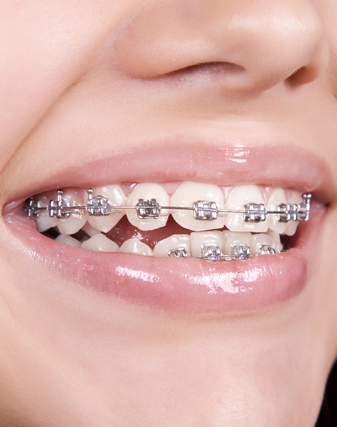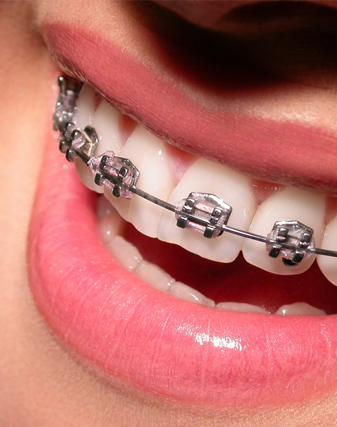Orthodontic Dentistry
Less Pain Less Discomfort
ORTHODONTIC DENTISTRY
Orthodontic Dentistry relates to the diagnosis, prevention and treatment of dental and facial irregularities:
Metal Braces
Ceramic & Clear Braces
Damon Braces
STb light lingual Braces
Invisalign
Clear Aligners
Removable appliances
What is considered orthodontic treatment?
But if you have problems with your bite or the spacing of your teeth, you may need orthodontic care. Orthodontia is the branch of dentistry that deals with abnormalities of the teeth and jaw. Orthodontic care involves the use of devices, such as braces, to. Straighten teeth. Correct problems with bite.
Book Appointment
How do I Know if I Need Orthodontics?
Only your dentist or orthodontist can determine whether you can benefit from orthodontics. Based on diagnostic tools that include a full medical and dental health history, a clinical exam, plaster models of your teeth, and special X-rays and photographs, an orthodontist or dentist can decide whether orthodontics are recommended, and develop a treatment plan that's right for you.
If you have any of the following, you may be a candidate for orthodontic treatment:
Overbite, sometimes called "buck teeth" — where the upper front teeth lie too far forward (stick out) over the lower teeth
Underbite — a "bulldog" appearance where the lower teeth are too far forward or the upper teeth too far back
Crossbite — when the upper teeth do not come down slightly in front of the lower teeth when biting together normally
Open bite — space between the biting surfaces of the front and/or side teeth when the back teeth bite together
Misplaced midline— when the center of your upper front teeth does not line up with the center of your lower front teeth
Spacing — gaps, or spaces, between the teeth as a result of missing teeth or teeth that do not "fill up" the mouth
Crowding — when there are too many teeth for the dental ridge to accommodate







